Home>Garden Essentials>How Many Carrots Do You Get From One Seed
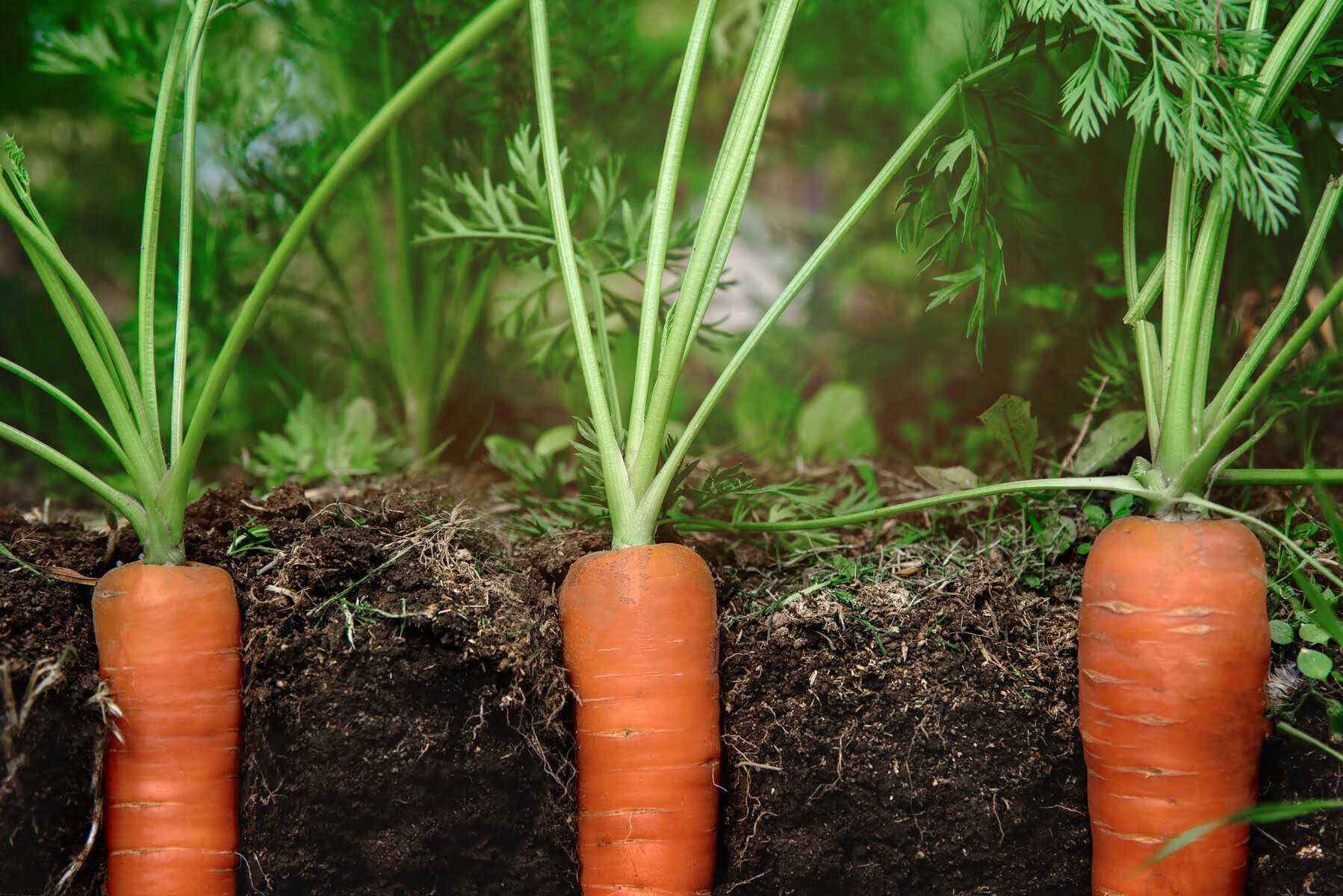

Garden Essentials
How Many Carrots Do You Get From One Seed
Modified: March 24, 2024
Discover the secrets of growing carrots in your garden and learn how to maximize your harvest. Find out how many carrots you can get from just one seed and become a gardening pro.
(Many of the links in this article redirect to a specific reviewed product. Your purchase of these products through affiliate links helps to generate commission for Storables.com, at no extra cost. Learn more)
Introduction
Carrots are not just delicious and versatile vegetables; they are also incredibly rewarding to grow in your garden. Whether you have a small plot or a spacious backyard, planting carrot seeds can be a fun and fulfilling experience. But have you ever wondered how many carrots you can get from just one seed? In this article, we will explore the factors that affect carrot yield and discuss how to calculate the number of carrots you can expect from a single seed.
Carrots, scientifically known as Daucus carota, are root vegetables that belong to the Apiaceae family. They are well-known for their bright orange color, crunchy texture, and sweet flavor. Not only do carrots make for a healthy addition to your meals, they are also rich in nutrients such as vitamin A, antioxidants, and dietary fiber.
When it comes to growing carrots, starting from a seed is the most common approach. Carrot seeds are tiny, often resembling small grains of sand, and they require specific conditions to germinate and grow successfully. By understanding the planting process and providing the right conditions, you can ensure a bountiful harvest of fresh, homegrown carrots.
Before delving into the details of planting carrot seeds and calculating their yield, it’s important to consider the factors that can influence the outcome of your harvest. These factors include the quality of the soil, proper spacing, temperature, watering, and pest control. Creating the optimal growing environment is essential for maximizing the carrot yield.
Now that we have set the stage, let’s dive deeper into the process of planting carrot seeds and uncover the secrets to obtaining a plentiful harvest.
Key Takeaways:
- Planting carrot seeds requires proper spacing, watering, and pest control. Understanding these factors can help maximize the yield of fresh, homegrown carrots.
- Harvesting carrots involves waiting for optimal size, gently pulling, and proper storage. Enjoy the satisfaction of homegrown, flavorful carrots in your meals.
Read more: How Many Carrots From One Seed
Importance of Carrots
Carrots are not only a popular vegetable in the culinary world, but they also offer a range of health benefits. Incorporating carrots into your diet can provide numerous advantages for your overall well-being.
One of the main reasons why carrots are revered is their high content of beta-carotene, which is converted into vitamin A in the body. Vitamin A is essential for maintaining healthy vision, promoting proper immune function, and supporting growth and development. Regular consumption of carrots can help improve eyesight and protect against age-related macular degeneration.
In addition to their vitamin A content, carrots are a rich source of antioxidants. Antioxidants play a crucial role in neutralizing harmful free radicals in the body, which can reduce the risk of chronic diseases such as heart disease and certain types of cancer. By including carrots in your diet, you can boost your antioxidant intake and enhance your overall health.
Furthermore, carrots are packed with dietary fiber, which aids in digestion and supports a healthy digestive system. Fiber promotes regular bowel movements and can help prevent constipation. It also contributes to a feeling of fullness, making carrots a great addition to a weight management plan.
Another important benefit of carrots is their low calorie content. If you’re watching your caloric intake, carrots can provide a satisfying and nutritious snack option. With just around 25 calories per medium-sized carrot, they make a guilt-free choice for those looking to maintain or lose weight.
Moreover, carrots contain a variety of essential nutrients, including vitamin K, potassium, and vitamin C. Vitamin K contributes to proper blood clotting, while potassium is important for maintaining healthy blood pressure levels. Vitamin C, on the other hand, is known for its immune-boosting properties and its role in collagen production, which is vital for healthy skin.
With their numerous health benefits and versatile culinary uses, carrots are a vegetable that deserves a prominent place in your garden and on your plate. Whether eaten raw in salads, cooked in soups and stir-fries, or juiced for a refreshing beverage, carrots offer a delicious and nutritious addition to any meal.
In the next section, we will explore the process of planting carrot seeds and delve into the factors that can affect the yield of this vibrant and nutrient-rich vegetable.
Planting Carrot Seeds
Now that we understand the importance of carrots, let’s delve into the process of planting carrot seeds. By following these steps, you can ensure the successful growth of your carrot plants:
- Select a Suitable Location: Choose a location in your garden that receives full sun or partial shade. Ensure that the soil is well-drained and rich in organic matter.
- Prepare the Soil: Carrots thrive in loose, well-drained soil. Remove any weeds or rocks from the area and loosen the soil to a depth of at least 8 inches.
- Sow the Seeds: Carrot seeds are small, so it’s important to distribute them evenly. Create furrows in the soil about half an inch deep, and sow the seeds sparingly along the furrows. Cover the seeds with a thin layer of soil and gently pat it down.
- Water the Seeds: After sowing the seeds, water the area gently but thoroughly. Ensure that the soil remains consistently moist during the germination period, which typically takes around 14 to 21 days.
- Thin out the Seedlings: Once the seedlings have emerged and grown a few inches tall, it’s important to thin them out to provide adequate space for the carrots to develop. Aim for a spacing of at least 2 to 3 inches between each seedling.
- Provide Adequate Care: Carrots require regular watering, especially during dry periods. Ensure that the soil remains evenly moist but not waterlogged. Mulching can help retain moisture in the soil and protect the carrots from direct sunlight.
- Control Weeds and Pests: Keep the area around your carrot plants free from weeds, as they can compete for nutrients and hinder the growth of the carrots. Additionally, monitor your plants for common pests such as carrot flies and aphids and take appropriate measures to control them.
- Monitor Growth and Harvest: Carrots take approximately 70 to 80 days to mature, depending on the variety. Monitor the growth of your plants and gently pull up a few carrots to check their size. When the carrots have reached the desired size, usually around 1 to 1.5 inches in diameter, it’s time to harvest!
By following these steps and providing the appropriate care, you can enjoy a bountiful harvest of fresh, homegrown carrots. However, it’s important to note that the yield of carrots can vary depending on several factors, which we will explore in the next section.
Factors Affecting Carrot Yield
When it comes to growing carrots and determining the yield of each seed, several factors come into play. Understanding and addressing these factors can help you maximize the potential yield of your carrot crop. Here are the key factors that affect carrot yield:
- Soil Quality: Carrots require well-drained soil with good fertility. Loose and loamy soil allows the carrots to develop straight and uniform. Poor soil quality can result in stunted growth or deformed carrots. Prior to planting, ensure that the soil is adequately prepared, rich in organic matter, and free from rocks or debris.
- Proper Spacing: Carrot plants need enough space to grow and develop fully. Overcrowding can lead to competition for nutrients and limited access to sunlight, resulting in smaller carrots. Ensure that the seedlings are thinned out to the recommended spacing of 2 to 3 inches between plants.
- Temperature: Carrots thrive in cool weather conditions. They prefer temperatures between 60°F and 75°F (15°C to 24°C) for optimal growth. Excessively high temperatures can cause the carrots to become bitter or bolt prematurely. If you live in a warmer climate, consider planting carrots in the cooler seasons or providing shade during the hottest parts of the day.
- Watering: Adequate watering is crucial for carrot growth. Inconsistent or insufficient watering can lead to stunted or cracked carrots. Ensure that the soil remains evenly moist, especially during dry periods. However, be cautious not to overwater, as excessive moisture can cause rot or disease.
- Pest and Disease Control: Carrots can be susceptible to pests such as carrot flies, aphids, and nematodes. These pests can cause damage to the foliage and the roots, resulting in reduced yields. Implement appropriate pest control measures, such as using insect netting or applying organic pest deterrents. Additionally, keep an eye out for common carrot diseases like root rot or leaf blight and take necessary steps to prevent or manage them.
- Timing of Planting: Carrots are best planted during the appropriate season for your region. Planting too early or too late can result in poor germination or unfavorable growing conditions. Refer to local gardening guides or consult with experienced gardeners in your area to determine the optimal planting times for carrots.
By addressing these factors and providing the ideal conditions for your carrot plants, you can significantly increase the yield of each seed. However, it’s important to remember that the yield can still vary based on the specific carrot variety and variations in environmental conditions.
Now that we have explored the factors that influence carrot yield, let’s move on to the exciting part – calculating the number of carrots you can expect from each seed!
Plant carrot seeds 2 inches apart in loose, well-drained soil. Thin seedlings to 3-4 inches apart once they reach 2 inches tall. Expect to harvest 3-6 carrots per plant.
Calculating Carrot Yield per Seed
Carrot yield can vary depending on the specific variety, growing conditions, and cultivation practices. While it’s difficult to determine an exact number of carrots that will grow from each seed, you can estimate the potential yield based on average expectations and general guidelines. Here’s how you can calculate the approximate carrot yield per seed:
- Seed Packet Information: Check the seed packet or the information provided by the seed supplier. Some seed packets may mention the expected yield per row or per plant. This can give you a rough idea of the potential yield you can expect from each seed.
- Seed Spacing: Determine the spacing requirements for the carrot variety you are planting. This information can also be found on the seed packet. The spacing will help you estimate the number of plants per row and the total number of plants per given area.
- Average Carrot Size: Consider the average size of the carrots produced by the specific variety you are planting. This information can be found through research or by referring to catalogs or gardening resources. Note that carrot sizes can vary, but having an estimate of the average size will assist in calculating the yield.
- Row Length: Measure the length of the row or the area in which you have planted the carrot seeds. This measurement will help you calculate the total number of plants and potential yield for that specific area.
- Estimating Carrot Yield: Once you have gathered the necessary information, you can estimate the potential carrot yield per seed. Multiply the number of plants per row by the average number of carrots produced by each plant. Then, multiply this by the number of rows or the total number of plants grown. This will give you an approximation of the total carrot yield for your planting area.
Remember that these calculations are only estimations and can vary based on various factors. Growing conditions, cultivation practices, and the specific carrot variety can all influence the final yield. However, by following the proper planting and care techniques, you can increase your chances of achieving a favorable carrot harvest.
Now that we have explored how to calculate carrot yield, let’s move on to the final step – the process of harvesting those fresh and delicious carrots!
Read more: How Do You Get Seeds From Carrots
Harvesting Carrots
After patiently waiting for your carrot plants to grow and mature, it’s time to enjoy the fruits of your labor by harvesting fresh and flavorful carrots. Here are some important steps to follow when harvesting your carrots:
- Timing: Carrots take approximately 70 to 80 days to mature, depending on the specific variety and growing conditions. It’s important to wait until the carrots have reached their optimal size before harvesting. Generally, carrots are ready for harvest when they are 1 to 1.5 inches in diameter.
- Loosen the Soil: Before you begin harvesting, gently loosen the soil around the base of the carrot plants using a garden fork or trowel. This will help you easily remove the carrots without causing damage to the roots.
- Gently Pull: Grasp the leafy tops of the carrots and slowly but firmly pull them straight up. Be cautious not to pull too forcefully, as this may result in the carrot breaking off. If a carrot does break, use a garden fork or trowel to carefully loosen the soil around the remaining portion and remove it.
- Trim the Tops: Once you have harvested the carrots, trim the leafy tops, leaving about an inch of the green foliage attached to the carrot. This helps to preserve the freshness and flavor of the carrots for a longer period.
- Cleaning: Gently brush off any excess soil from the harvested carrots. Avoid washing them at this stage, as excess moisture can contribute to spoilage during storage.
- Storage: Proper storage is essential to maintain the quality and freshness of your harvested carrots. Remove any damaged or diseased carrots, as they can affect the condition of the others. Place the cleaned and trimmed carrots in a cool and dark environment, such as a refrigerator or root cellar, to prolong their shelf life.
Enjoy the satisfaction of harvesting your own homegrown carrots and savor their crisp texture and sweet flavor in a variety of culinary creations. Whether you use them in soups, stir-fries, salads, or as a healthy snack, freshly harvested carrots will surely elevate your dishes.
Now that we have covered the process of harvesting carrots, let’s conclude our article with a brief summary of the key points we have discussed.
Conclusion
Growing carrots from seeds can be a rewarding experience that allows you to enjoy the freshness and flavor of homegrown produce. Throughout this article, we have explored the various aspects of planting, caring for, and harvesting carrots, as well as understanding the factors that can affect their yield.
Carrots are not only delicious and versatile vegetables; they are also packed with essential nutrients, such as vitamin A, antioxidants, and dietary fiber. Incorporating carrots into your diet can contribute to improved eye health, enhanced immunity, and better digestion.
When it comes to planting carrot seeds, selecting a suitable location with well-drained soil, providing proper spacing, and maintaining consistent watering are key. Keep an eye out for potential pests and diseases, and take appropriate measures to control them.
While it’s difficult to determine the exact number of carrots that will grow from each seed, estimating the yield per seed involves considering various factors such as seed packet information, seed spacing, average carrot size, and row length. These calculations provide a rough estimate and help you plan accordingly.
Once your carrot plants have matured, harvest them by gently pulling them straight up, trimming the tops, and storing them in a cool, dark place to maintain their freshness and flavor for an extended period.
By understanding the factors that influence carrot yield and following proper planting and care techniques, you can enjoy a bountiful harvest of delicious and nutritious carrots.
So, why wait? Start planting carrot seeds and embark on a journey of growing your own fresh and vibrant carrots. Your garden will be filled with the joy of watching your seeds sprout, grow, and ultimately yield a colorful bounty of nutritious vegetables.
Happy gardening and happy carrots!
Frequently Asked Questions about How Many Carrots Do You Get From One Seed
Was this page helpful?
At Storables.com, we guarantee accurate and reliable information. Our content, validated by Expert Board Contributors, is crafted following stringent Editorial Policies. We're committed to providing you with well-researched, expert-backed insights for all your informational needs.
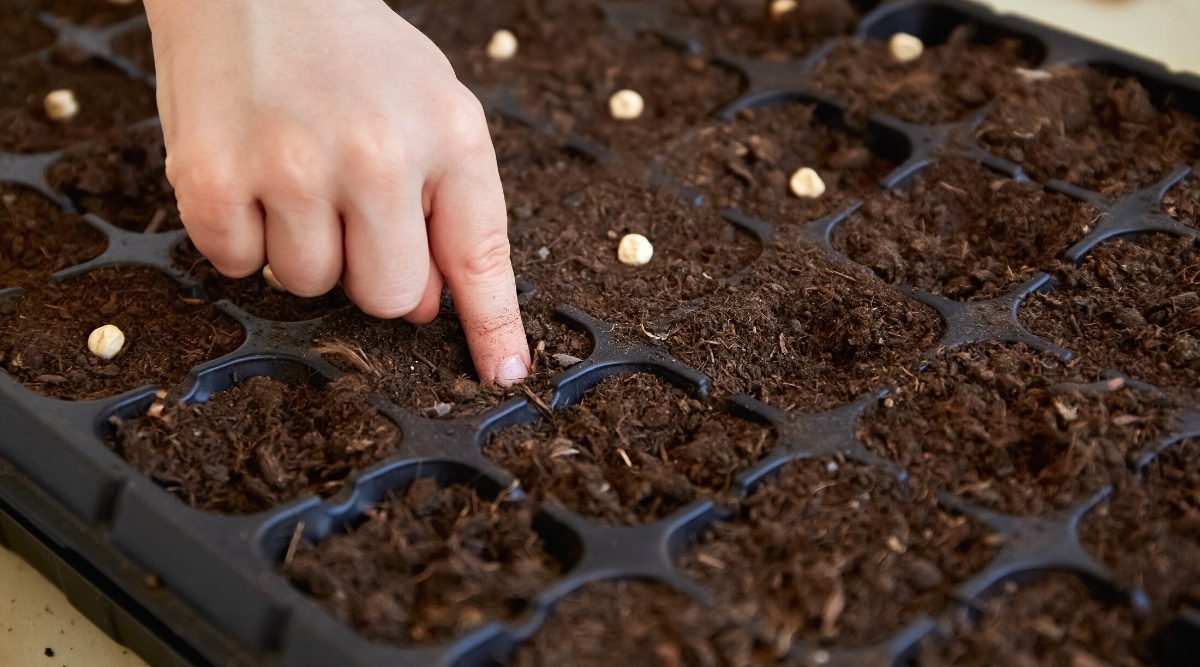
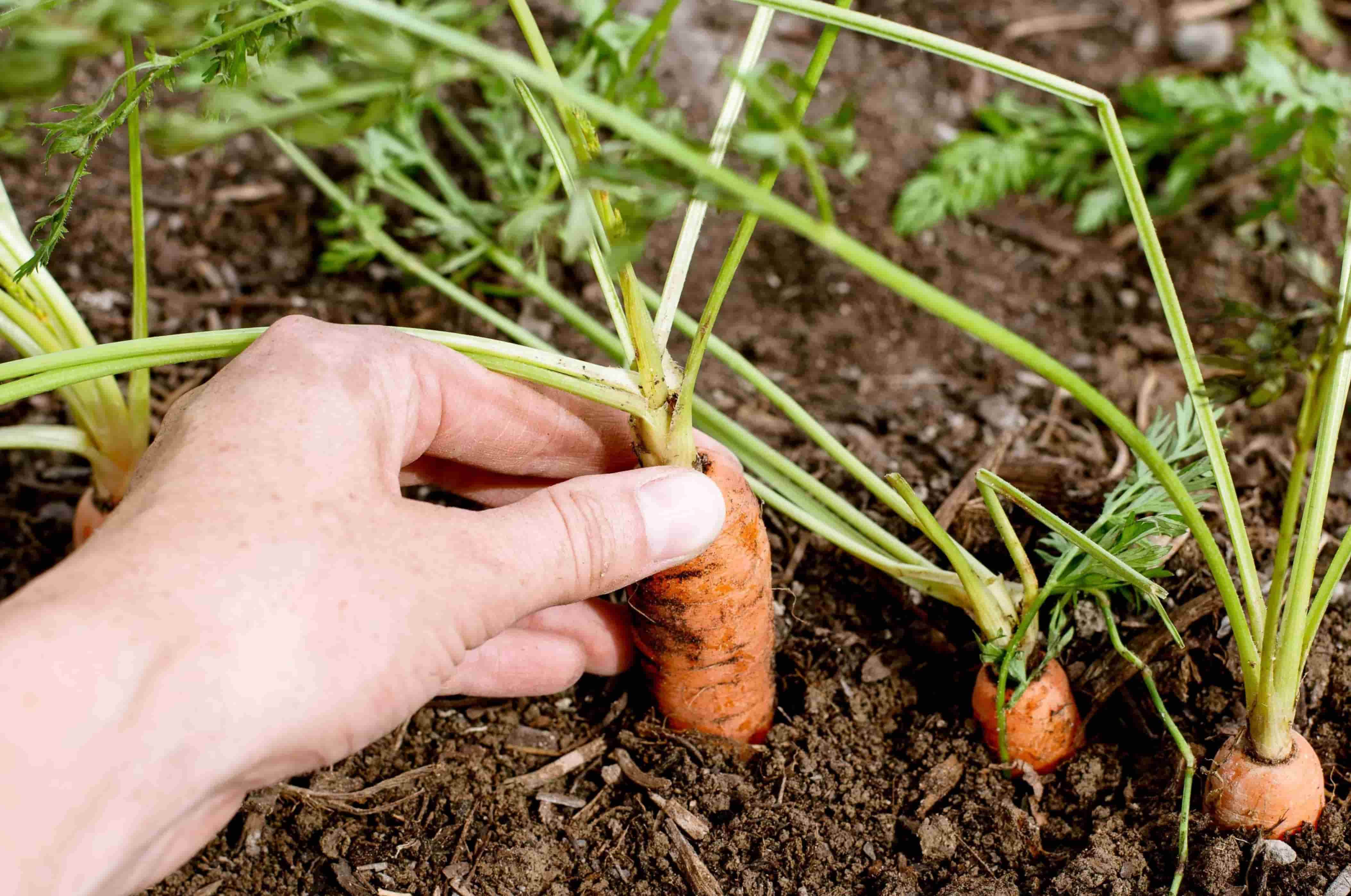
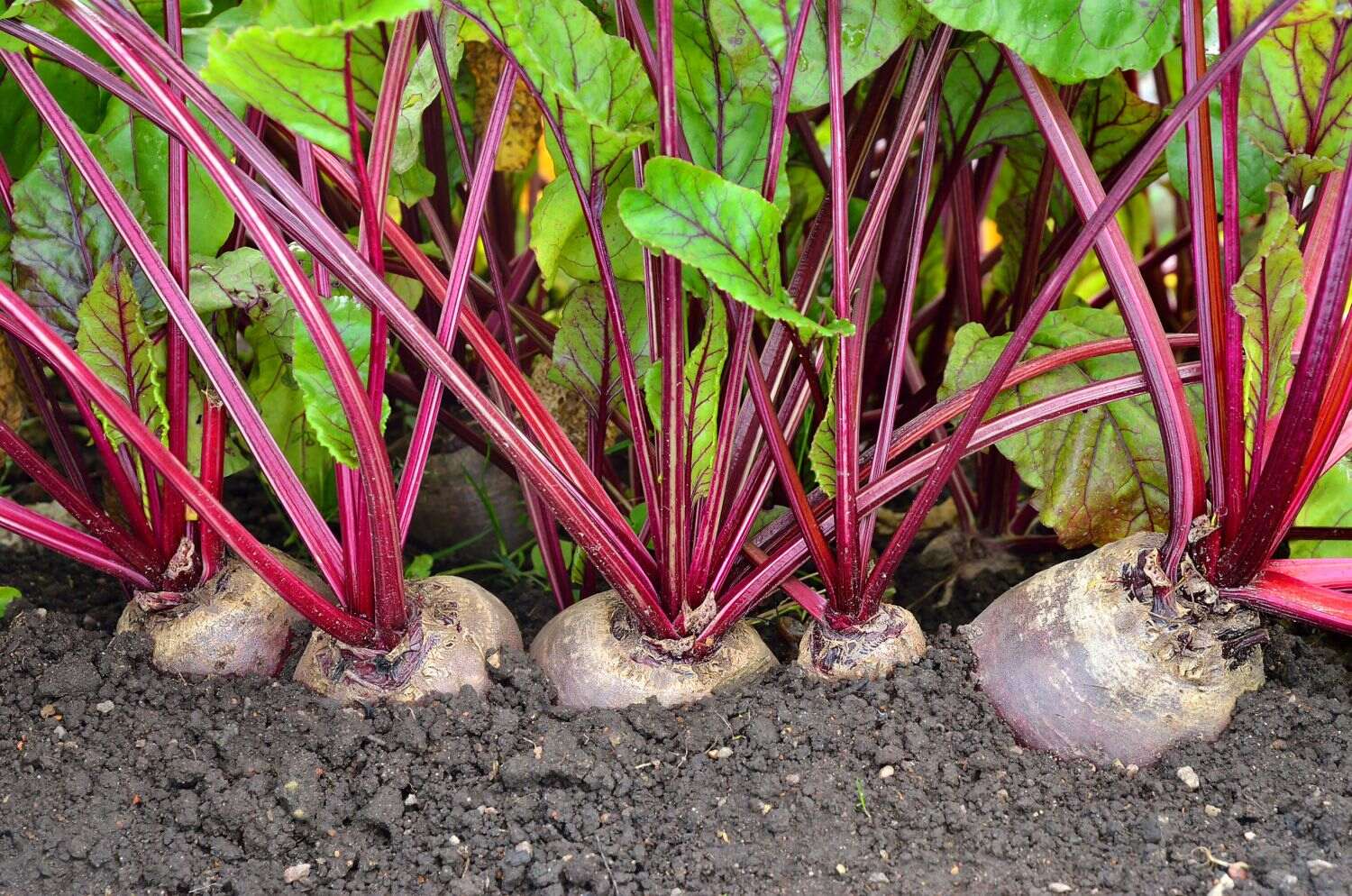

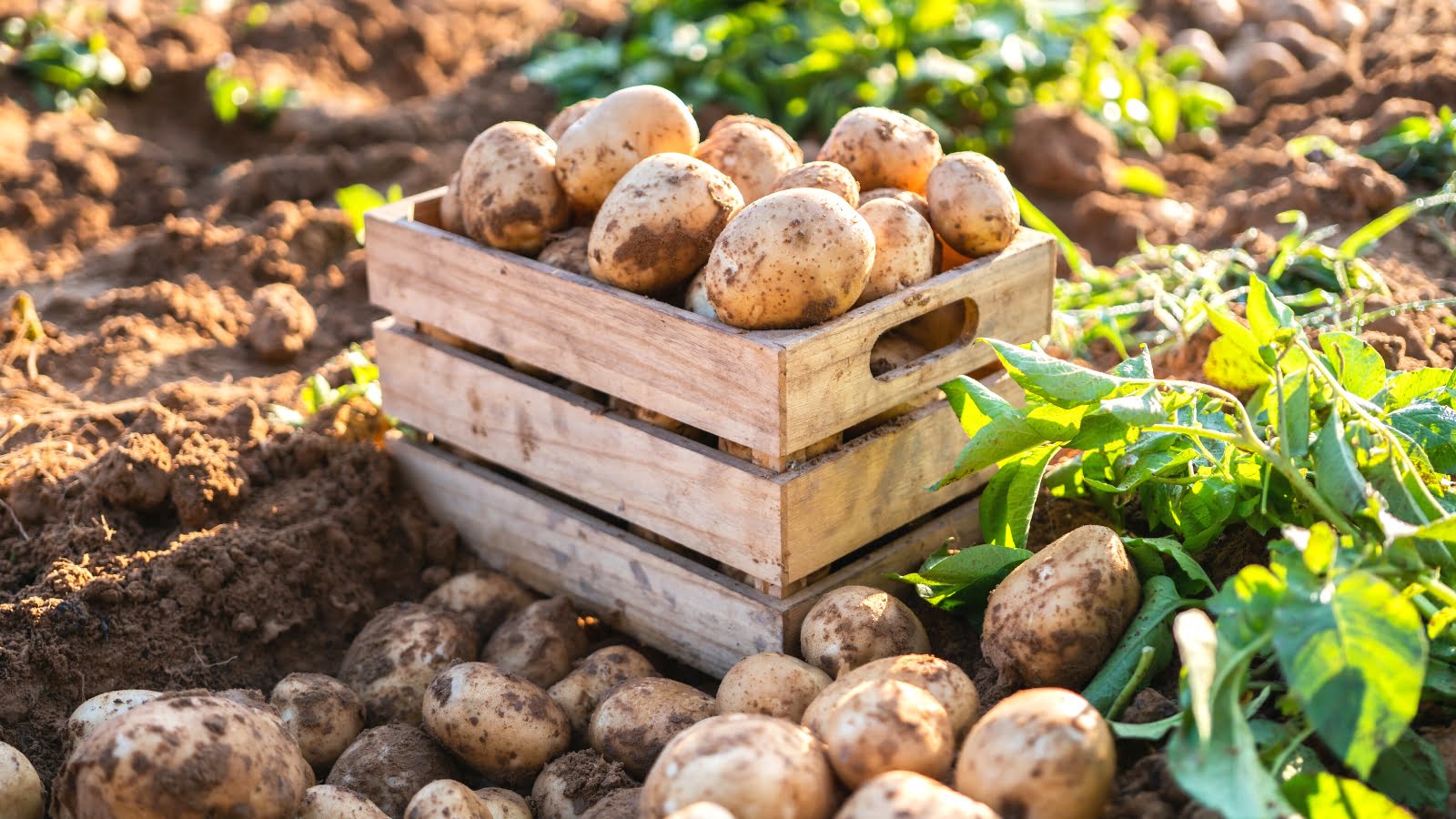
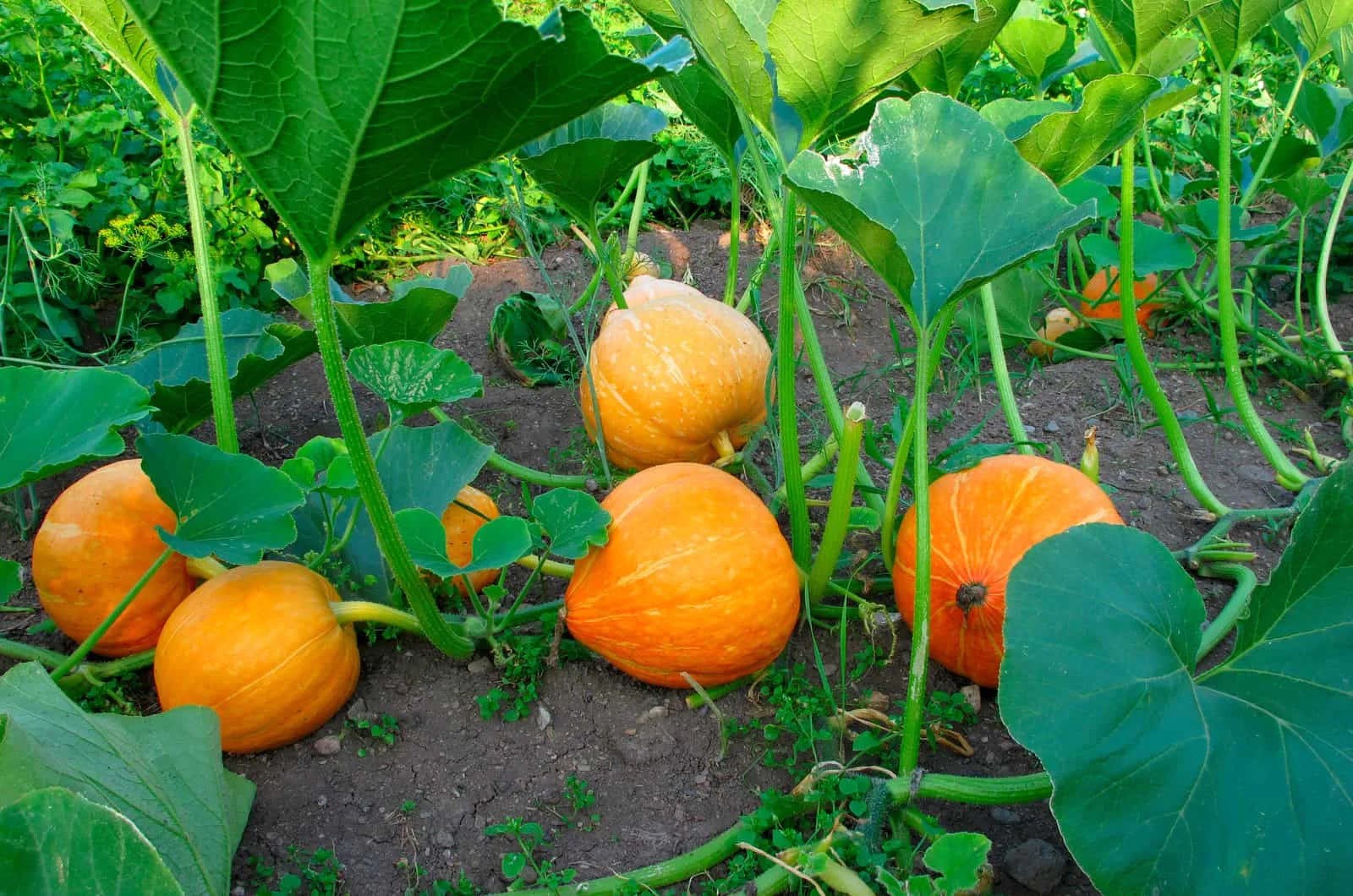
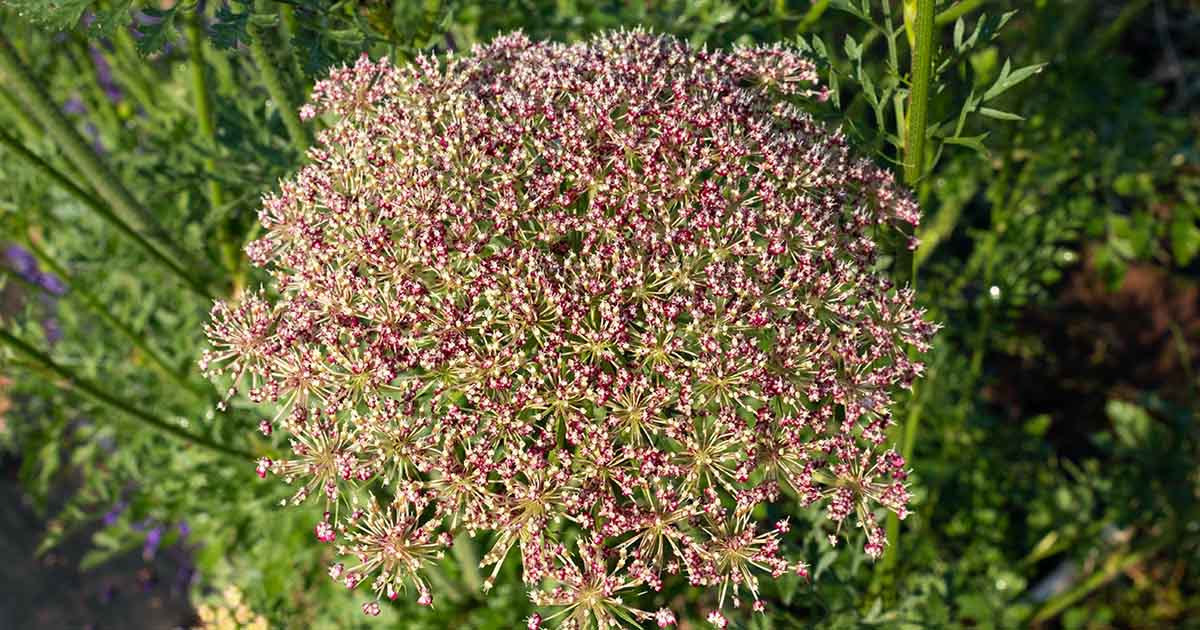
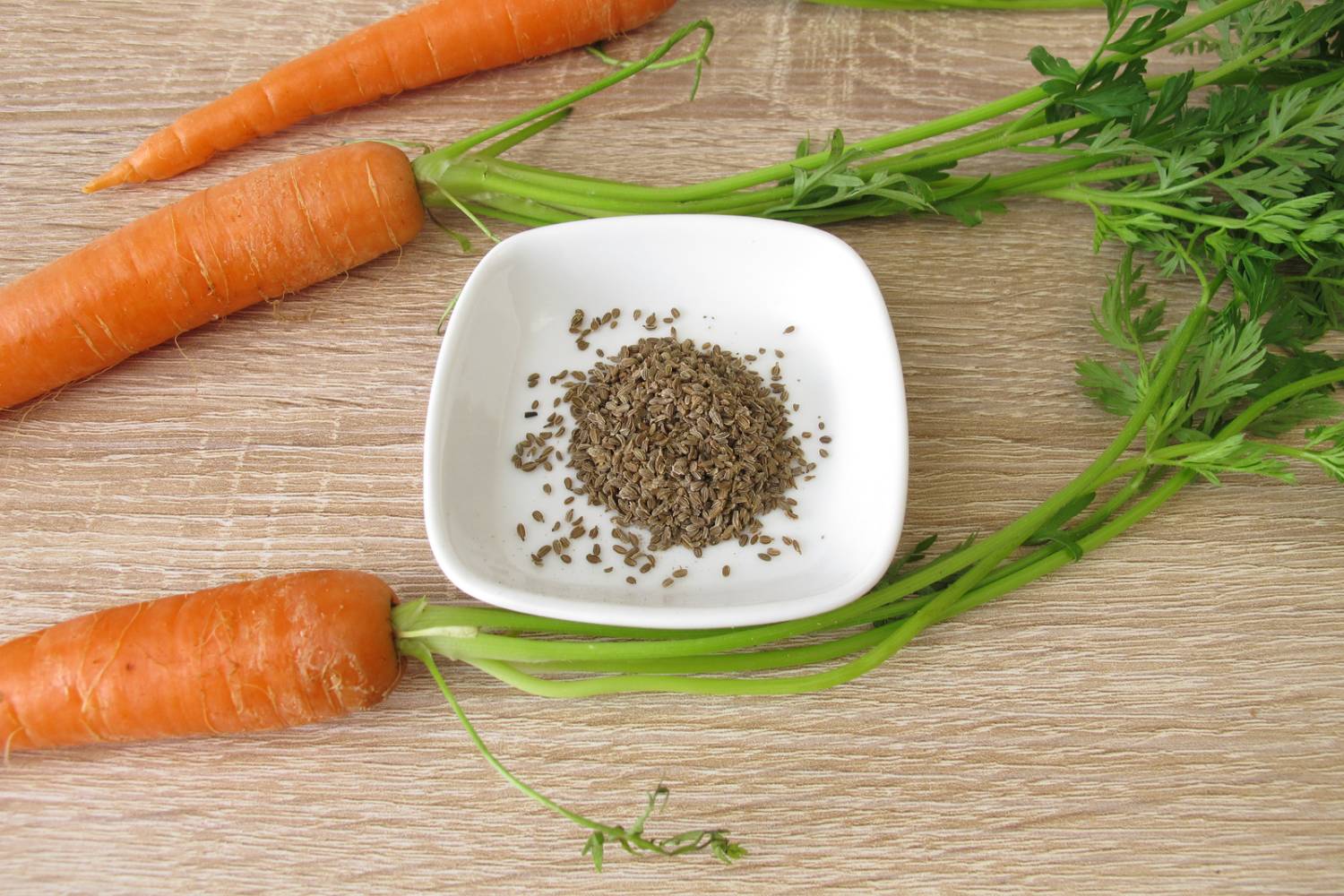
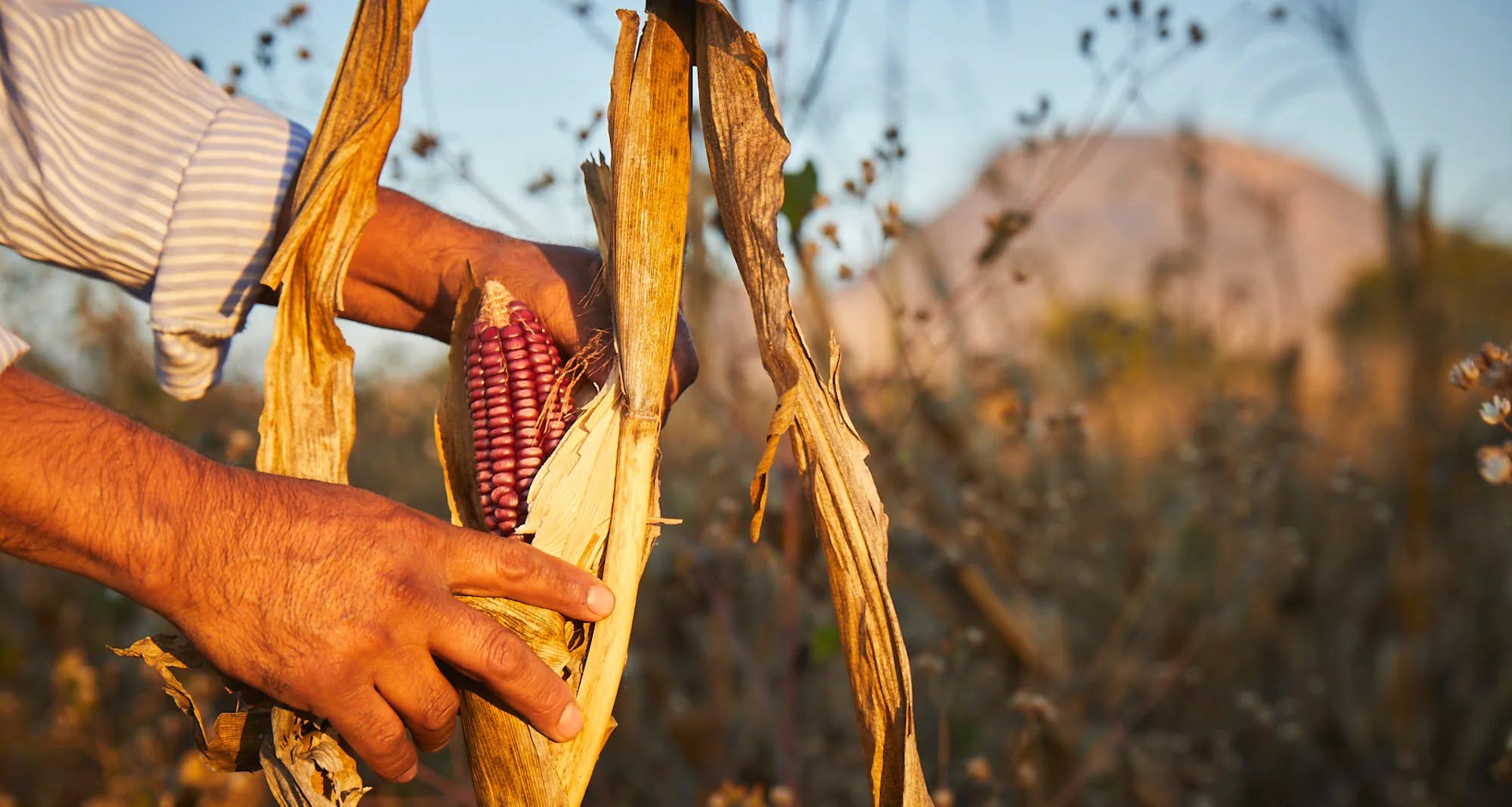
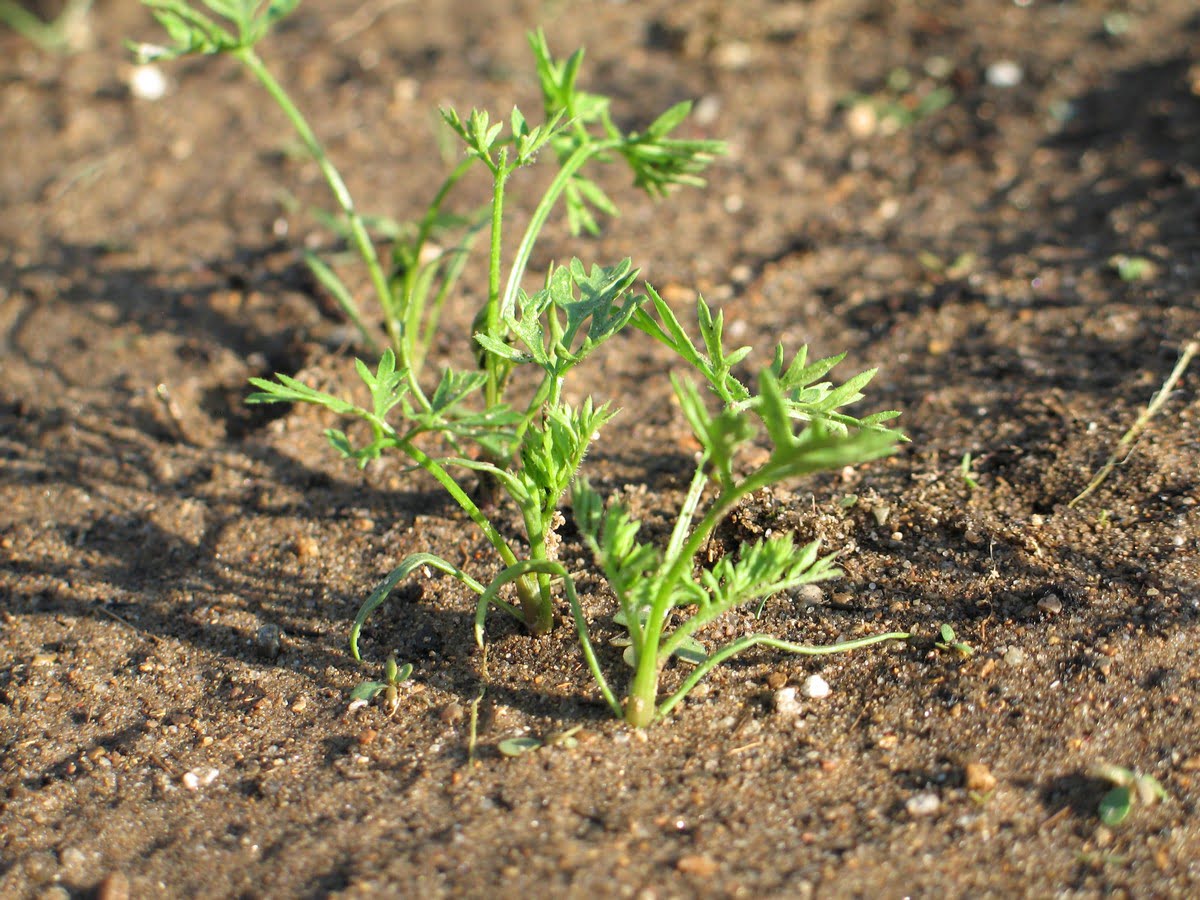
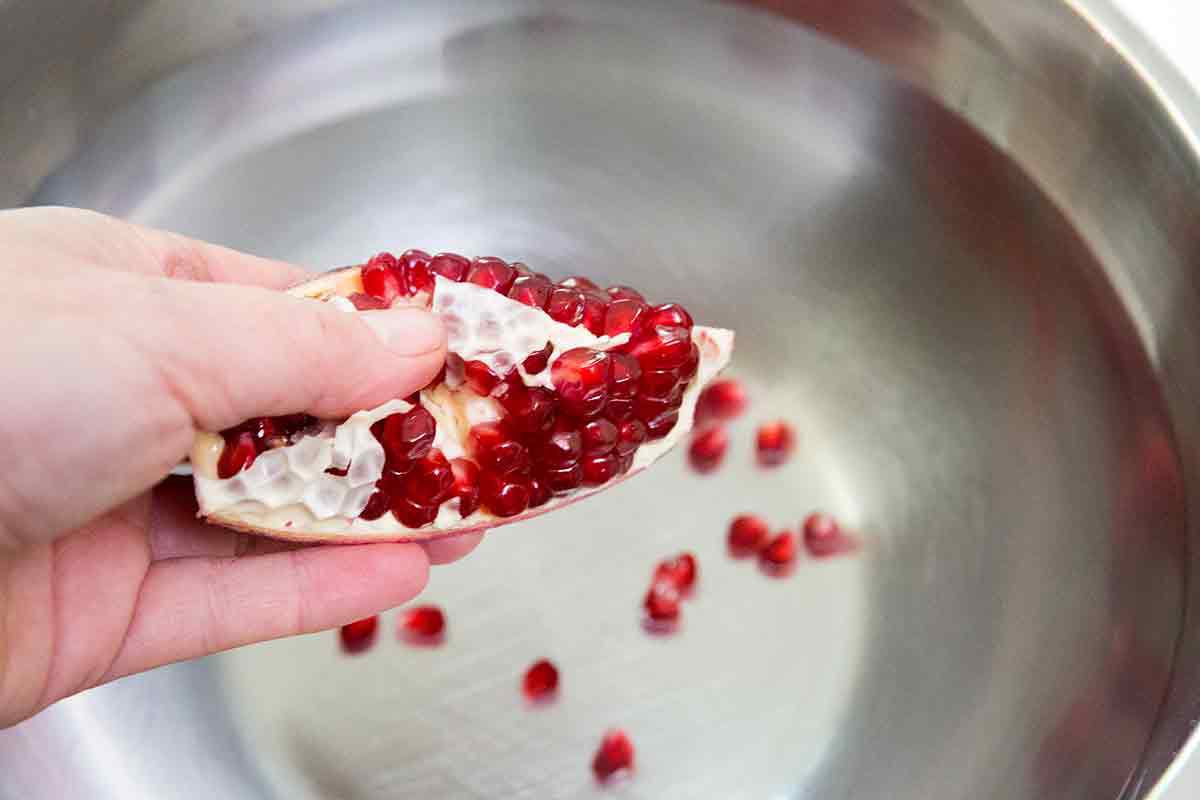
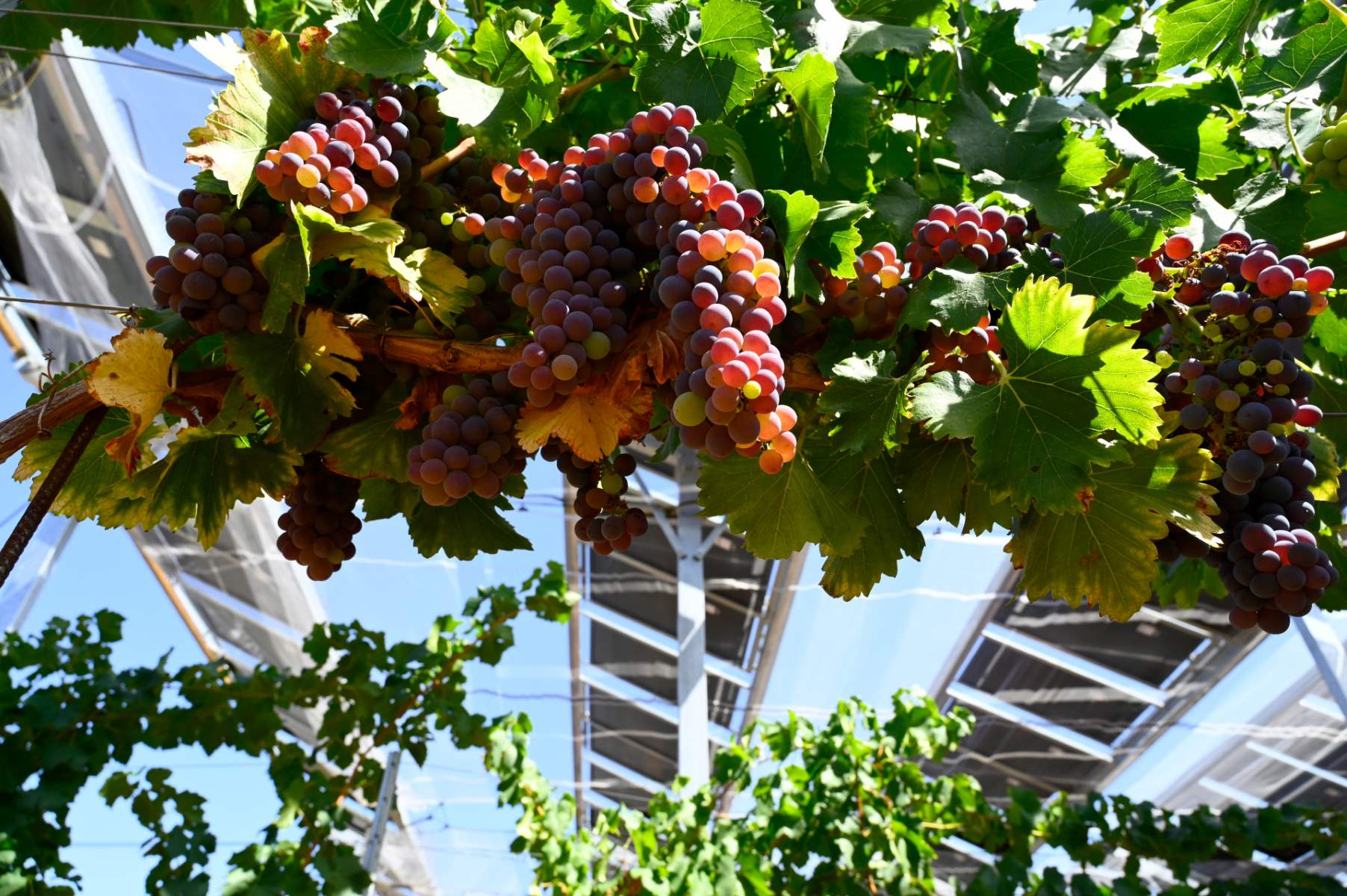
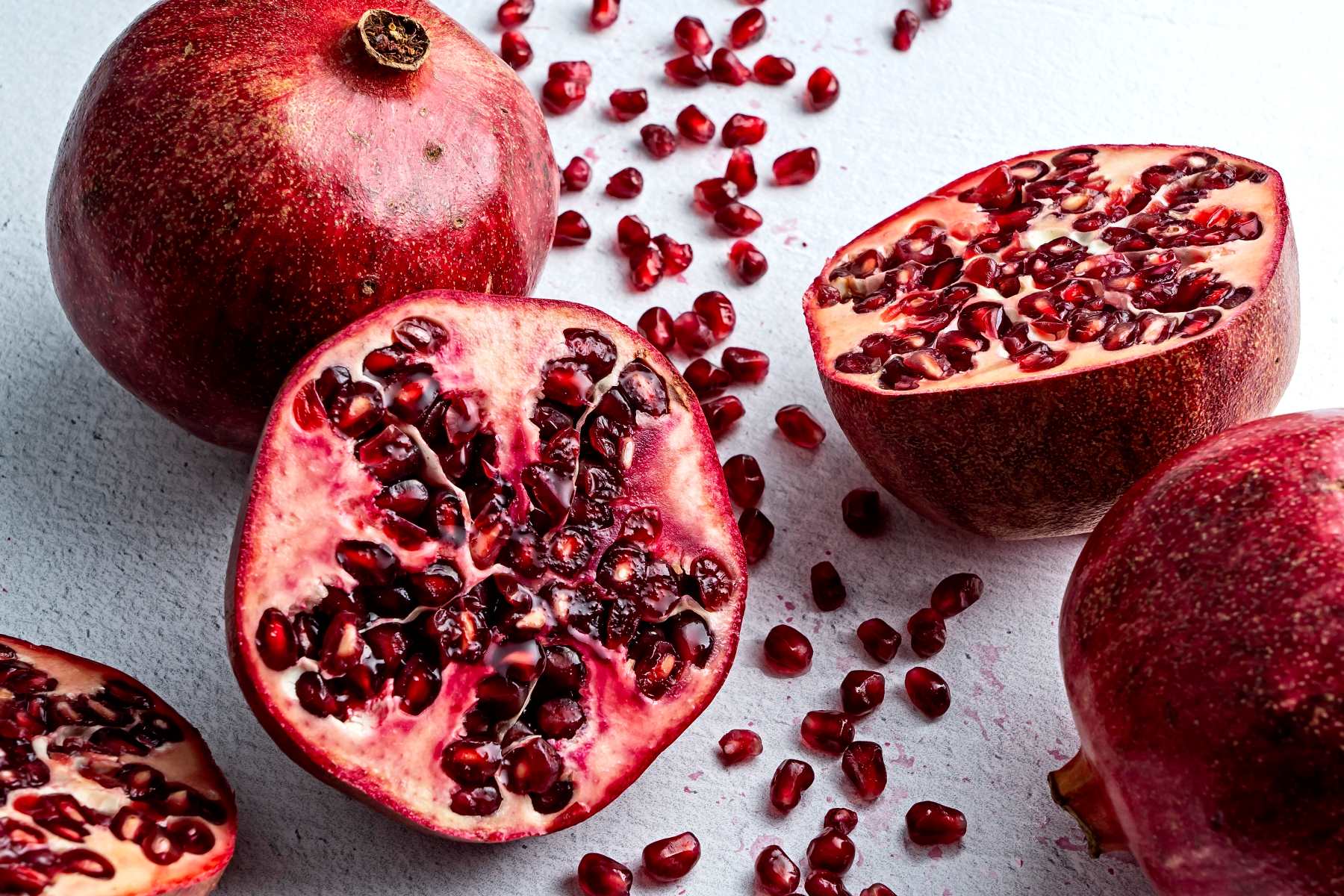
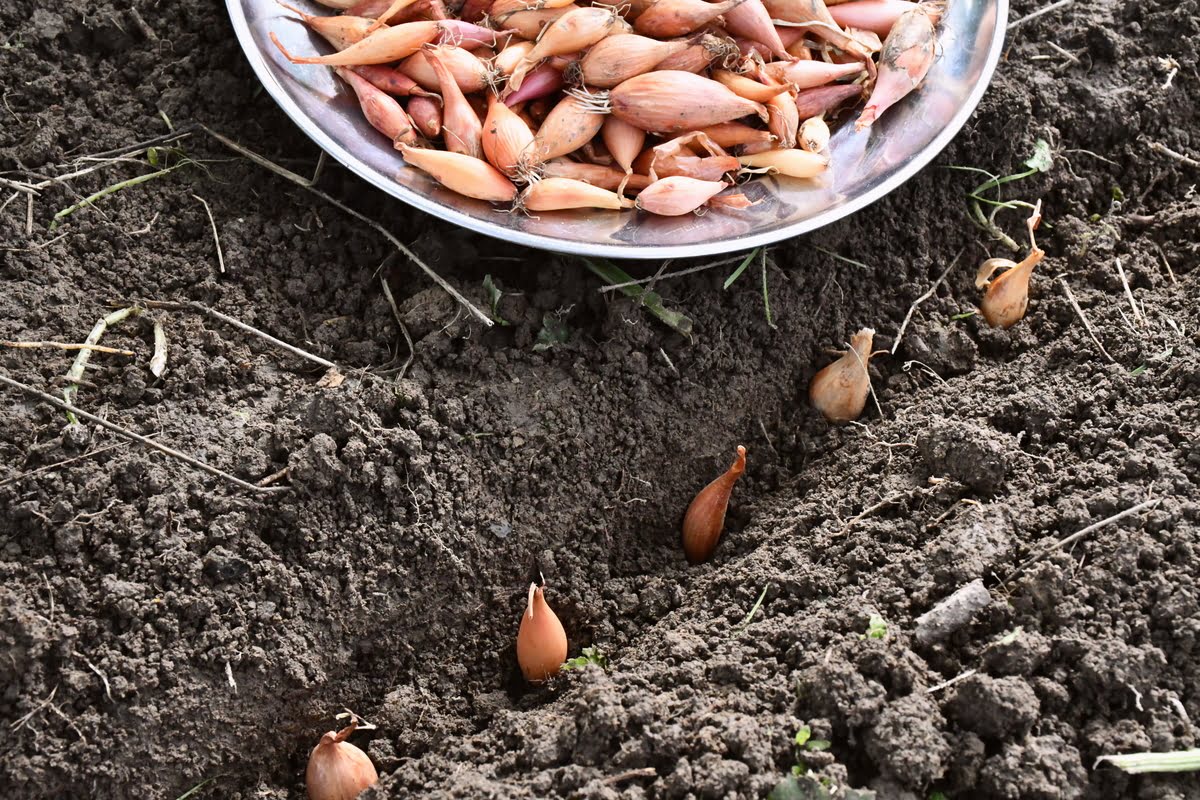

0 thoughts on “How Many Carrots Do You Get From One Seed”